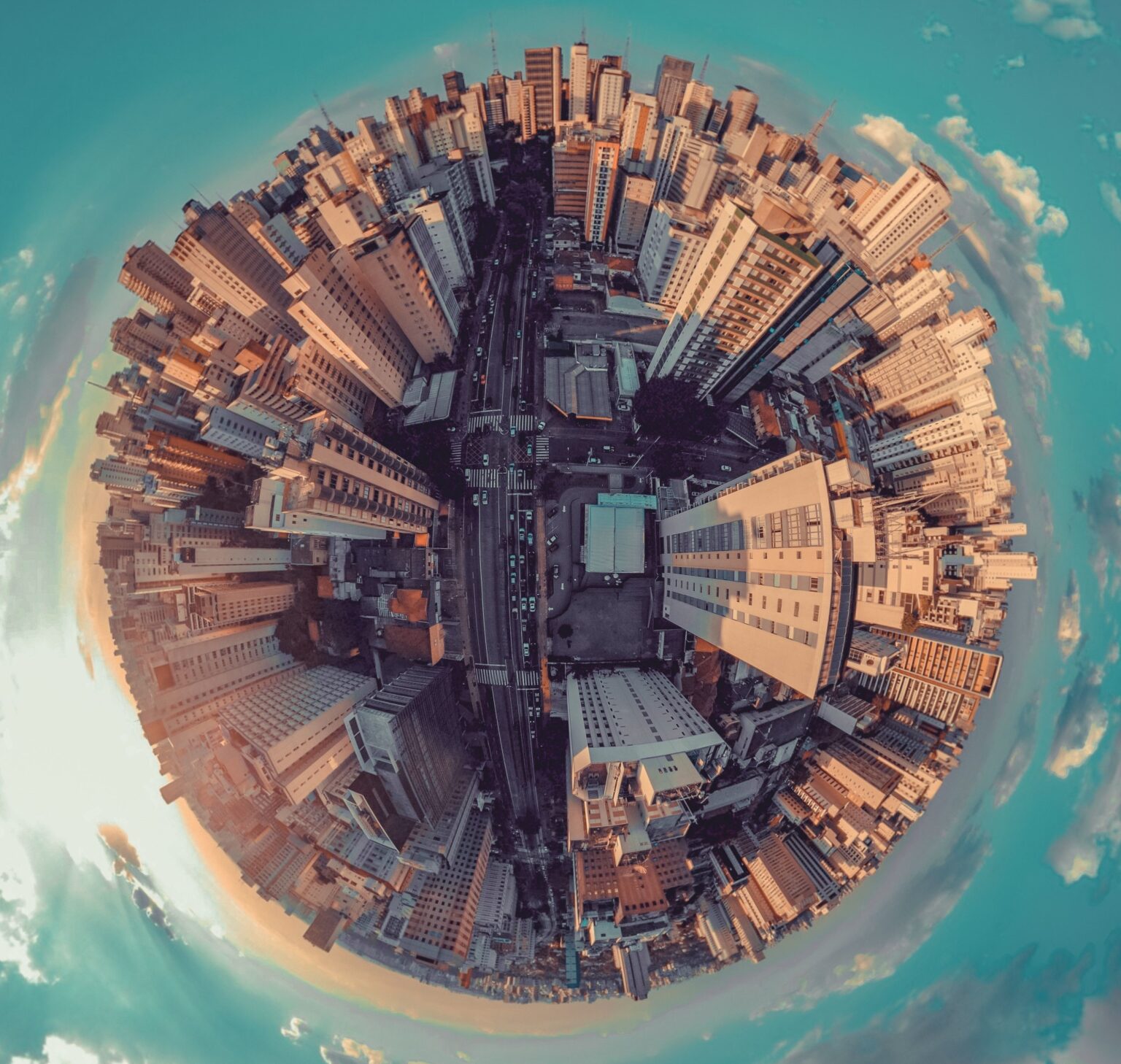It’s common for people to jump to visions of self-driving cars and a world controlled by robots when they picture the future. But there are other, more immediate ways our climate, behaviour and surroundings will change.
While contemporary culture has led us to believe that we will be in for a sci-fi, Jetson-esque future, we may also pull back to a simpler way of life as technology hurtles forward.
A greener future
The push-back to go green and take care of the planet as opposed to the mass production and destruction of resources is not only a trend – it is imperative.
As the world suffers overcrowding, preserving critical resources will be at the forefront for all advancements. The expanding population will be putting an immense strain on nature and this should be the focus and direction of our growth.
A large part of the sustainable future should be the reduction of carbon emissions. Solar, wind and other sustainable power sources must be readily available to the general public, and the use of fossil fuels diminished as further discoveries and advancements are made to go green.
City expansions
The future also will see the vast growth and sprawl of cities and urban landscapes. This is as the need for housing, infrastructure and basic needs increases due to the population rise. Buildings will become taller as the need for space increases and the opportunity to extend horizontally decreases. With this comes the production of more complex issues. Waste solutions, electricity and transport may initially be causes for disruption as the world tries to find its feet in the face of change.
We have already seen a huge shift in how people manage waste. Recycling initiatives are plentiful, communities are banning the use of single-use plastic, and we see more and more people becoming actively involved in the conscious preservation and care of our planet. This will only increase over time as it becomes a way of life and not a choice.
We will see the advancement of self-driving cars, electric vehicles and privately owned sustainable options. Yet future cities will also have to look at other transport options as well as more walkable areas. Efficient public transport that is readily available to the general public and works on sustainable energy is a must.
Rapidly expanding cities also lead to limited natural resources such as water – something many South Africans are all too familiar with. Installations such as low-flow water taps are becoming standard in all new buildings and public spaces. (For ways you can be more water savvy, click here.)
Communication and education
People must be taught how to preserve, appreciate and value the concept of a livable and sustainable future for the plan to be effective and put into action. Communication technology is also the way to ensure that a society of nine billion people has access to basic needs and healthy, positive, safe lives.
If the world aims to create a sustainable future, this concept is achievable, while maintaining a good quality of life.
Vodacom actively works towards creating a sustainable future. As communication evolves with the global climate, we are constantly adapting to the best possible practices for a sustainable future. As one of the leading companies in Africa, Vodacom plays a key role in adding value to people’s lives in the most conscientious way possible through environmental policies and sustainable initiatives. Read more about these sustainability initiatives here.
Header photo by sergio souza on Unsplash



